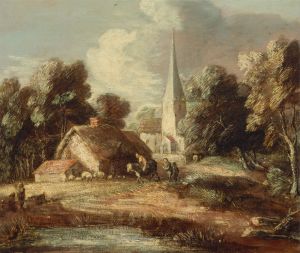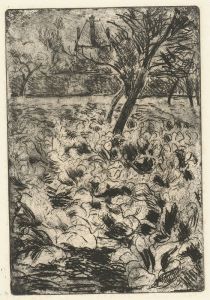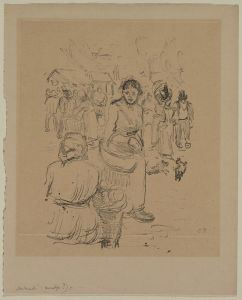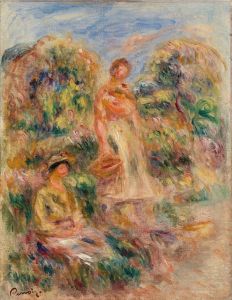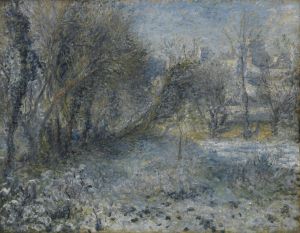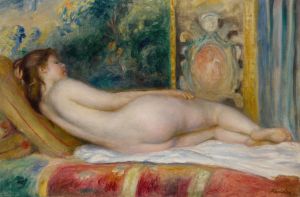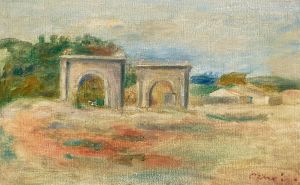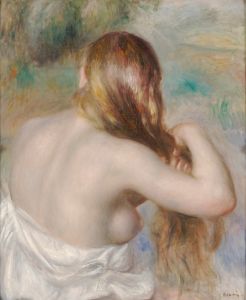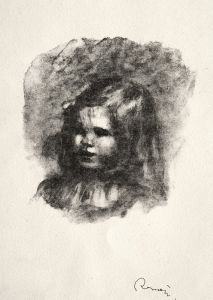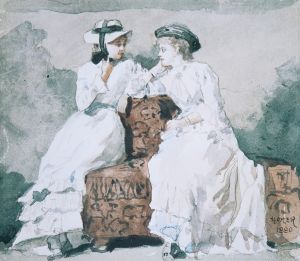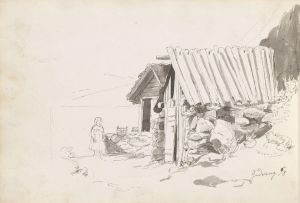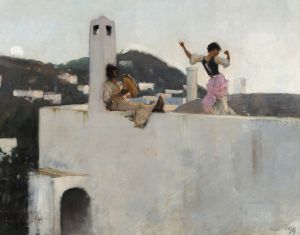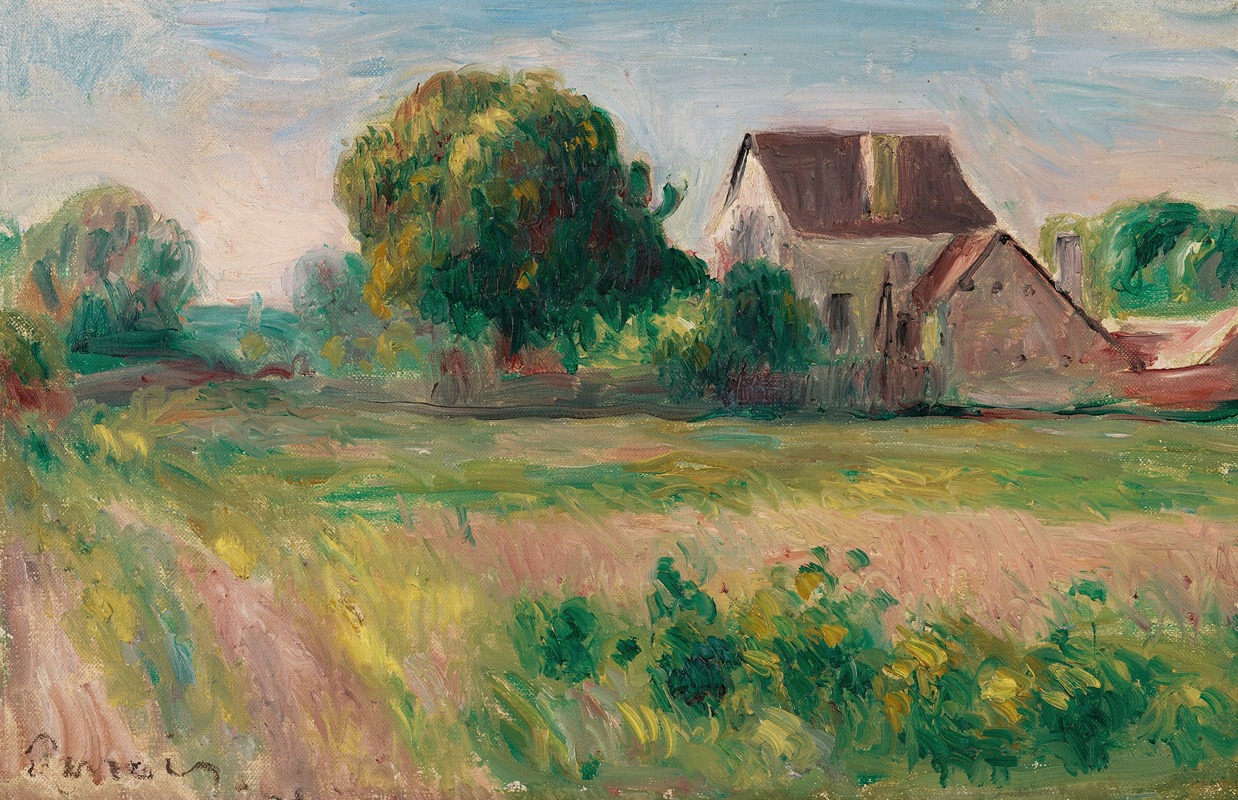
Maisons à Essoyes
A hand-painted replica of Pierre-Auguste Renoir’s masterpiece Maisons à Essoyes, meticulously crafted by professional artists to capture the true essence of the original. Each piece is created with museum-quality canvas and rare mineral pigments, carefully painted by experienced artists with delicate brushstrokes and rich, layered colors to perfectly recreate the texture of the original artwork. Unlike machine-printed reproductions, this hand-painted version brings the painting to life, infused with the artist’s emotions and skill in every stroke. Whether for personal collection or home decoration, it instantly elevates the artistic atmosphere of any space.
"Maisons à Essoyes" is a painting by the renowned French artist Pierre-Auguste Renoir. Renoir, a leading figure in the Impressionist movement, is celebrated for his vibrant light and saturated color, often focusing on people in intimate and candid compositions. This particular painting, "Maisons à Essoyes," translates to "Houses at Essoyes," and it depicts a scene from the village of Essoyes in the Aube department of France, where Renoir spent considerable time.
Essoyes is a small village that held personal significance for Renoir. It was the hometown of his wife, Aline Charigot, whom he married in 1890. The couple frequently visited Essoyes, and Renoir found inspiration in its picturesque landscapes and tranquil rural life. The village provided a serene retreat from the bustling city life of Paris, allowing Renoir to explore and capture the beauty of the French countryside.
"Maisons à Essoyes" showcases Renoir's mastery in capturing the essence of rural life through his Impressionist lens. The painting features a cluster of houses, likely typical of the architecture found in Essoyes. Renoir's use of light and color in this work exemplifies his ability to convey the atmosphere and mood of the scene. The brushstrokes are loose and fluid, a hallmark of the Impressionist style, which aims to capture the fleeting effects of light and color rather than precise details.
The composition of "Maisons à Essoyes" is balanced and harmonious, with the houses nestled comfortably within the natural landscape. Renoir's palette in this painting includes soft, earthy tones that reflect the rustic charm of the village. The interplay of light and shadow adds depth and dimension to the scene, creating a sense of realism while maintaining the dreamlike quality characteristic of Impressionist works.
Renoir's connection to Essoyes went beyond his artistic endeavors. He and Aline purchased a house in the village in 1896, which became a family home and a place where Renoir could work in peace. The village and its surroundings continued to inspire many of his works throughout his career. Renoir's paintings of Essoyes, including "Maisons à Essoyes," offer a glimpse into his personal life and the environments that shaped his artistic vision.
Today, "Maisons à Essoyes" is appreciated not only for its aesthetic qualities but also for its historical context. It represents a period in Renoir's life when he was deeply connected to the French countryside and his family. The painting is a testament to Renoir's ability to find beauty in everyday scenes and his skill in translating that beauty onto canvas.
In summary, "Maisons à Essoyes" by Pierre-Auguste Renoir is a significant work that captures the charm of the village of Essoyes. Through his Impressionist technique, Renoir brings to life the simple yet captivating rural landscape, reflecting his personal connection to the place and his mastery of light and color. The painting remains an important piece in the study of Renoir's oeuvre and the broader Impressionist movement.





